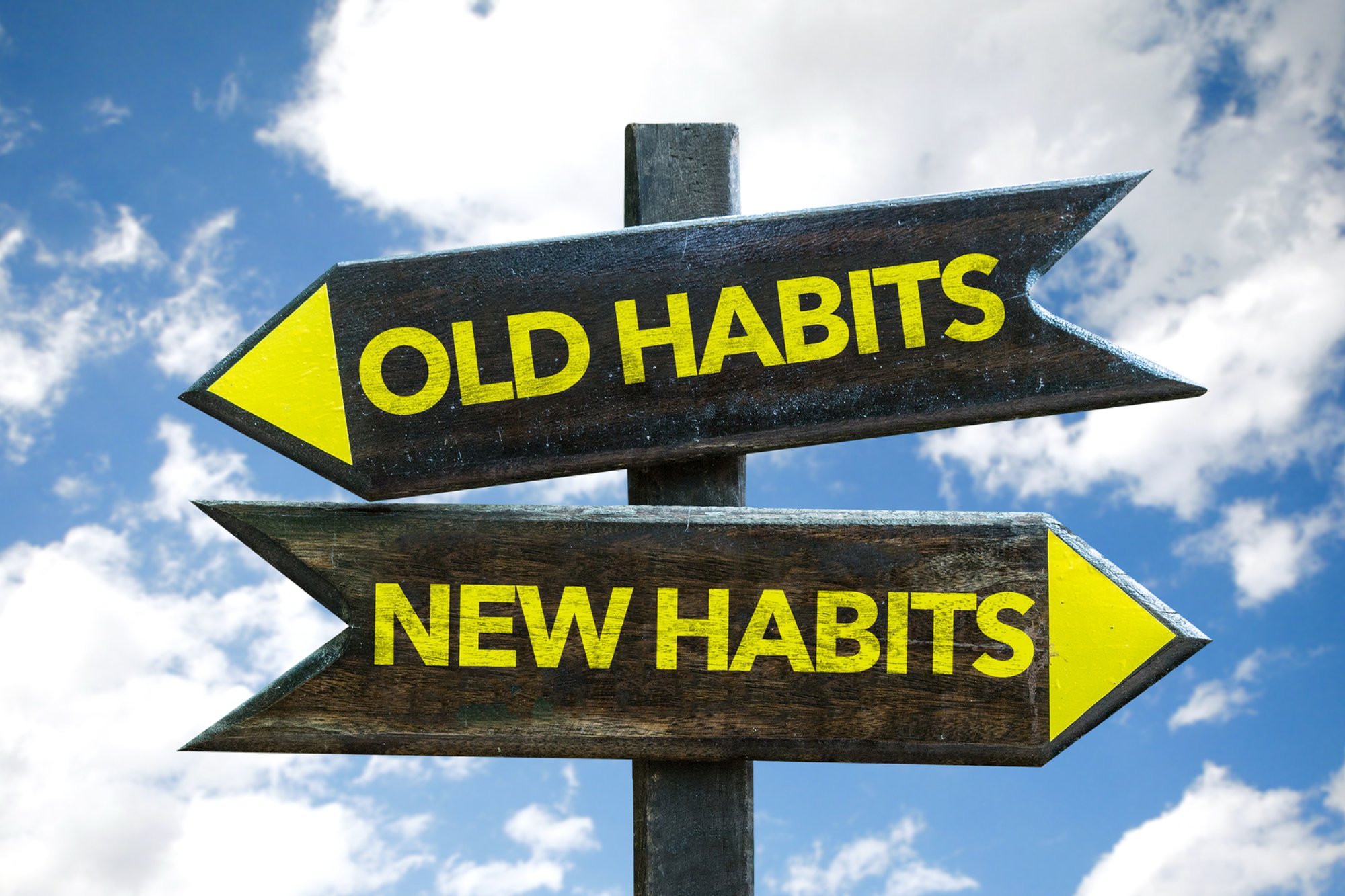We all have habits. Some of them are good, and some, well, aren’t. But for good or ill, habits drive our behavior every day, and even more so when we are customers.
In my latest book, The Intuitive Customer: 7 imperatives for moving your Customer Experience to the next level, Professor Ryan Hamilton of Emory University and I explore habits and their influence on how customers behave. It led to our fourth imperative:
Imperative 4: Commit yourself to understanding and predicting customer habits and behaviors.
Habits are automatic responses to stimuli. According to Charles Duhigg and his bookThe Power of Habit, habitual behavior works like this:
A CUE occurs. It can also be called a trigger, e.g., the person has just heard troubling news.
A ROUTINE begins. The routine is the habitual behavior, e.g., the person begins chewing on his or her fingernails and cuticles.
A REWARD ensues. Now, you feel the emotional result the habitual behavior produces, e.g. the happy, relaxed feelings chewing on one’s fingernails inspires.
Habits make things easier. If we have a habit of putting the mail on the front table, we know where the mail is later. If we have a habit of buying a certain kind of toothpaste, we don’t have to consider ALL the options of toothpaste available. Instead, we go to where that toothpaste is in the store (unconsciously) and grab one.
Habitual buying behavior makes this aisle much easier to navigate!
Like other automatic responses, habits are part of the Intuitive System’s responses to an environment, like a mental shortcut between seeing and doing. They serve a useful purpose; they conserve our cognitive resources. As you can see from the photo above, the amount of time and energy it would take to rationally compare and contrast each of the products in the toothpaste aisle would be staggering.
Habitual buying behavior, when it is in your favor, is excellent; habitual buying behavior, when it isn’t, is devastating to your business. The toothpaste maker of my brand is thrilled that I choose them every time.
My toothpaste brand’s competitors? Not so much.
The competitive toothpaste brand spends millions of dollars trying to get me to switch. Most of your competitors are working to break your customers’ habitual behavior, too. Your company is probably doing the same with their customers.
As Customer Experience Consultants, we see organizations trying to change customers’ habits all the time. Unfortunately, we don’t see all of them go about it in the right ways. Organizations that target rational thinking to change habitual behavior are unlikely to be successful. However, those that look into Customer habits from an emotional or Intuitive System standpoint stand a much better chance of changing customer behavior than those who don’t.
Let me give you an example of what I mean. I have a bad habit of losing my glasses. I put them down somewhere while doing something else, and then when I need them later, I can’t find them. (If you ask Lorraine, however, she would argue that it isn’t just my glasses. She says I cannot find anything!)
My habit was to set them down on an easy-to-reach surface, like the countertop, and not to put them away in a case. For my new habit, I worked with my old habitual behavior. Therefore, I chose a tabletop as my new designated spot, and I didn’t require myself to put them in the case. Now if I need my glasses, I go to that table, and they should be there.
(However, I don’t always succeed. More often than I would like to admit, I can’t find them because they aren’t in the new place. Which leads me to my next point….)
Breaking habitual behavior is difficult. It requires retraining the person to act differently when the cue occurs. However, the Cue, Routine, and Reward system are engrained in habitual behavior, and it often takes Herculean effort to change it. That being said, it can be done if you are diligent about working with the automatic behavior a person already has (at least Lorraine hopes so!).
We all have habits, especially as customers. These habits influence our behavior, often without our rational mind picking up on them. Our Intuitive System’s thinking drives our habits, which means they happen fast and automatically. While these habits can be changed, they need to be addressed with this understanding in mind, and work with the Cue, Routine, and Reward system the customer already has.
Have you ever had to break either your own or your customers’ habits? What worked for you? We’d all be interested to hear your insight in the comments below.
To learn more about these fascinating and compelling concepts for yourself and business, please register for our latest book and FREE book launch webinar: The Intuitive Customer: 7 Imperatives for moving your Customer Experience to the next level (Palgrave Macmillan, 2016).
If you enjoyed this post, you might be interested in the following blogs:
3 Common Ways Customers Make Decisions
Customer Emotions Are Predictable
Colin Shaw is the founder and CEO of Beyond Philosophy, one of the world’s leading Customer experience consultancy & training organizations. Colin is an international author of five bestselling books and an engaging keynote speaker.
Follow Colin Shaw on Twitter @ColinShaw_CX


